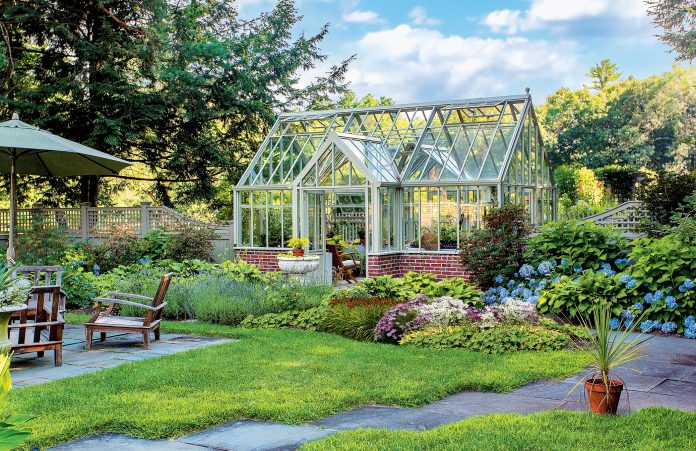The crème de la crème of the greenhouse world, every Hartley Botanic Glasshouse is handmade to your exact requirements in England, using the finest materials with unparalleled durability, safety, and beauty. The manufacturer has been creating its beautiful and elegant horticultural buildings for more than eighty years and is so trusted that its entire product range is endorsed by the Royal Horticultural Society.
Hartley Botanic’s Greenhouses and Glasshouses are all made to order and range from small patio models to imposing Glasshouses. Designs are available from three product ranges (Victorian, Heritage, and Modern), or customers can create a totally bespoke design, with all models available in a variety of colors and sizes, along with options for “glass to ground” installation, freestanding or lean-to design, and internal glazed partitions.
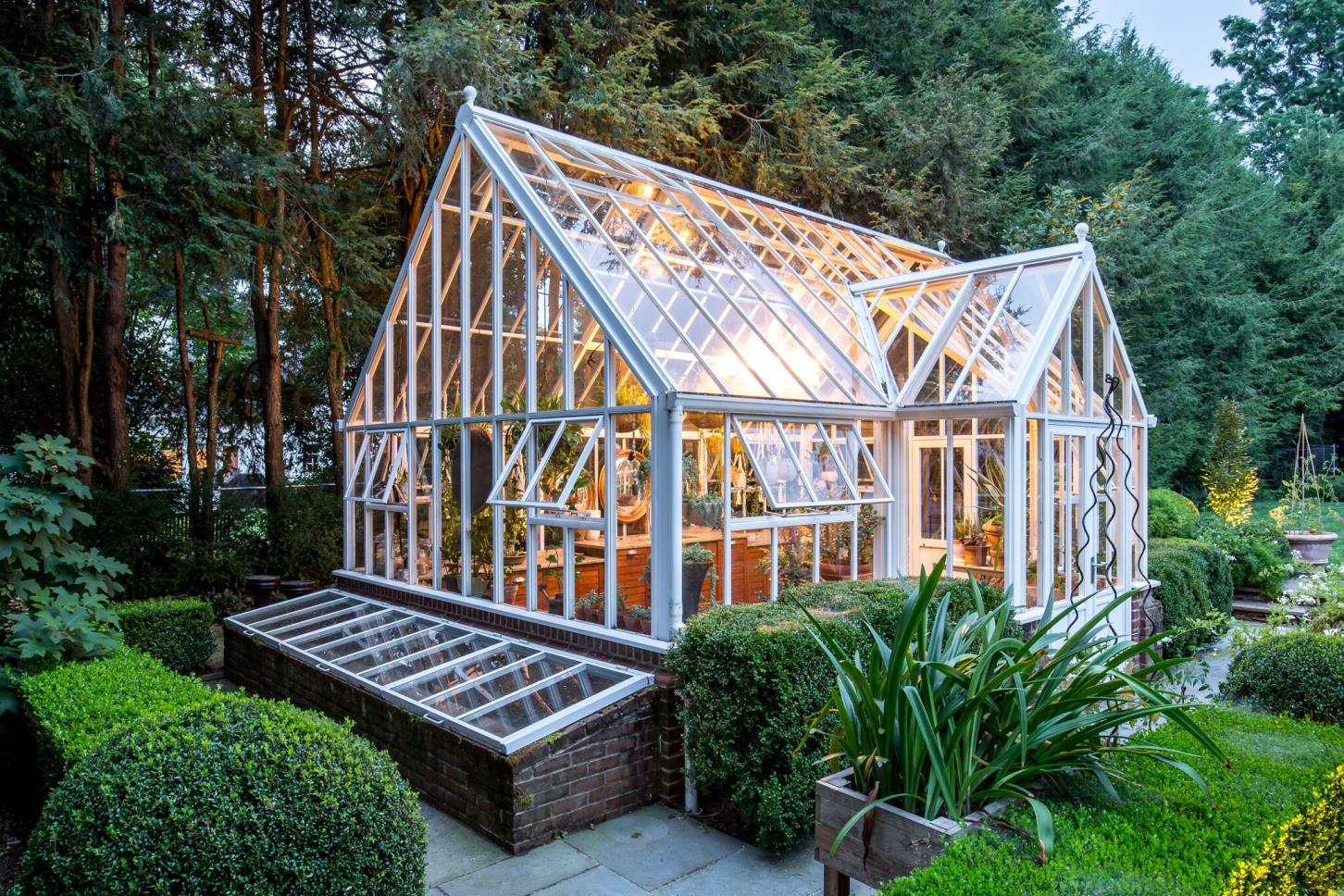 Hartley Botanic shared some of their most frequently asked questions along with answers about their product line:
Hartley Botanic shared some of their most frequently asked questions along with answers about their product line:
What size and type of Glasshouse or Greenhouse should I buy?
Envisaging how you would like to use and enjoy your Greenhouse is a useful consideration in deciding upon a design and final size. Perhaps you want your Greenhouse to fulfill a dual purpose, to be a very practical tool for growing your own food but also, an alfresco room where you can sit amongst your plants—for this, a structure which allows for a generous seating area with a view of key staging areas could be a consideration.
Or perhaps it will enable you to indulge a passion for alpines and, being able to admire them from the outside is as important as growing them. Or perhaps you want to grow fresh flowers for your property and are interested in blurring the divide between your living rooms and your garden—consider an abutting Greenhouse accessible from within your home.
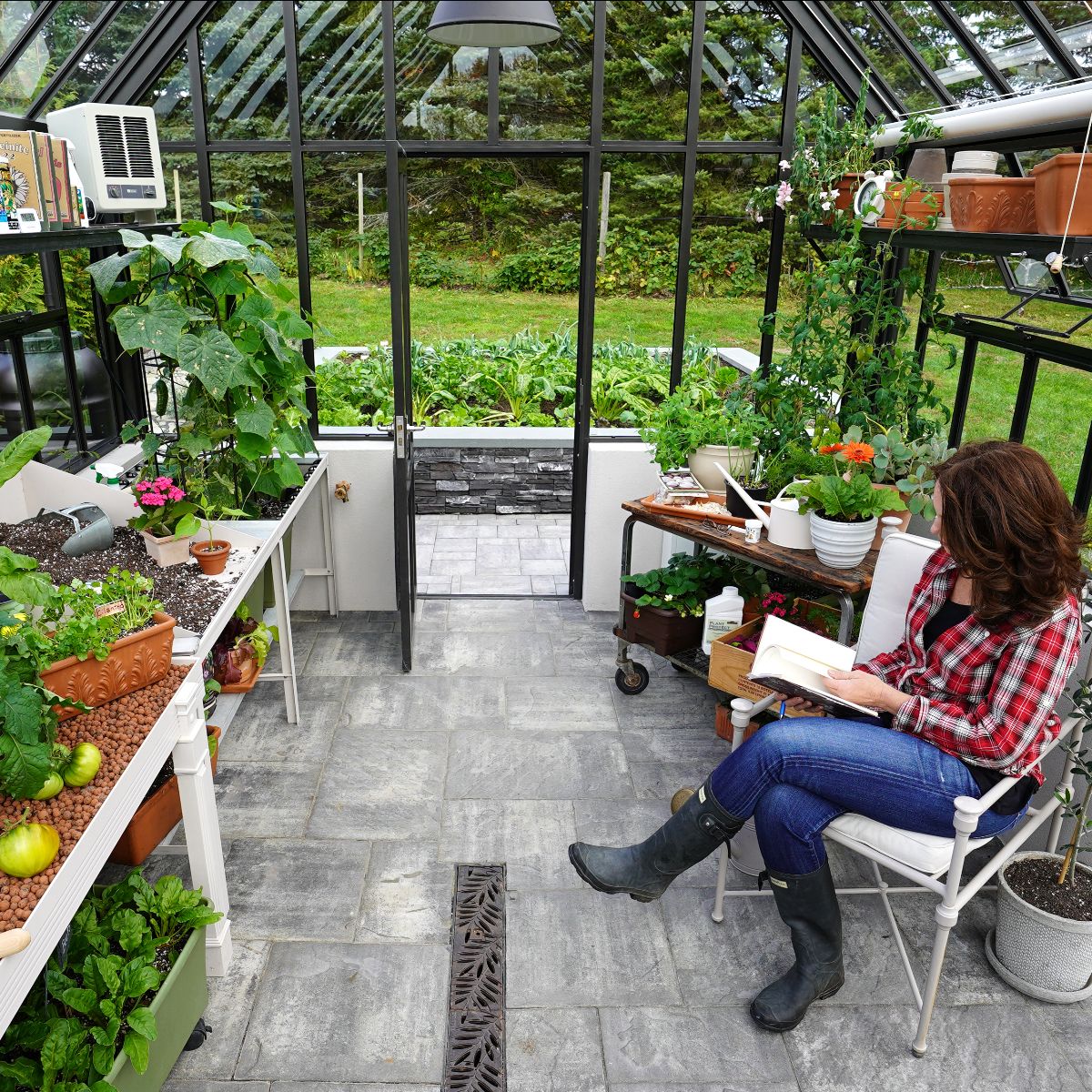 What is the optimal position in my garden for a Greenhouse?
What is the optimal position in my garden for a Greenhouse?
Your Greenhouse needs access to as much sunlight as possible during all seasons of the year, so positioning is an important consideration. Avoid locating your Greenhouse in the shadow of tall trees, boundary fences or walls as these will obstruct light.
For lean-to Greenhouses placed against a wall, a south-facing position is ideal. For stand-alone structures, the ridge along the top of the Greenhouse should ideally run from East to West, this will allow the sun to run along its longest side during the day. Other elemental considerations include a location to catch prevailing winds for ventilation purposes and choosing a site which is not shaded, but equally not too exposed to the cold.
Site your Greenhouse in close proximity to an electricity (if utilizing) and water supply, and on fertile soil if you want to install growing beds.
It is also important to consider how the structure will fit aesthetically into your landscaping as a whole. Your Greenhouse needs to find a natural place within your existing garden, rather than dominate it.
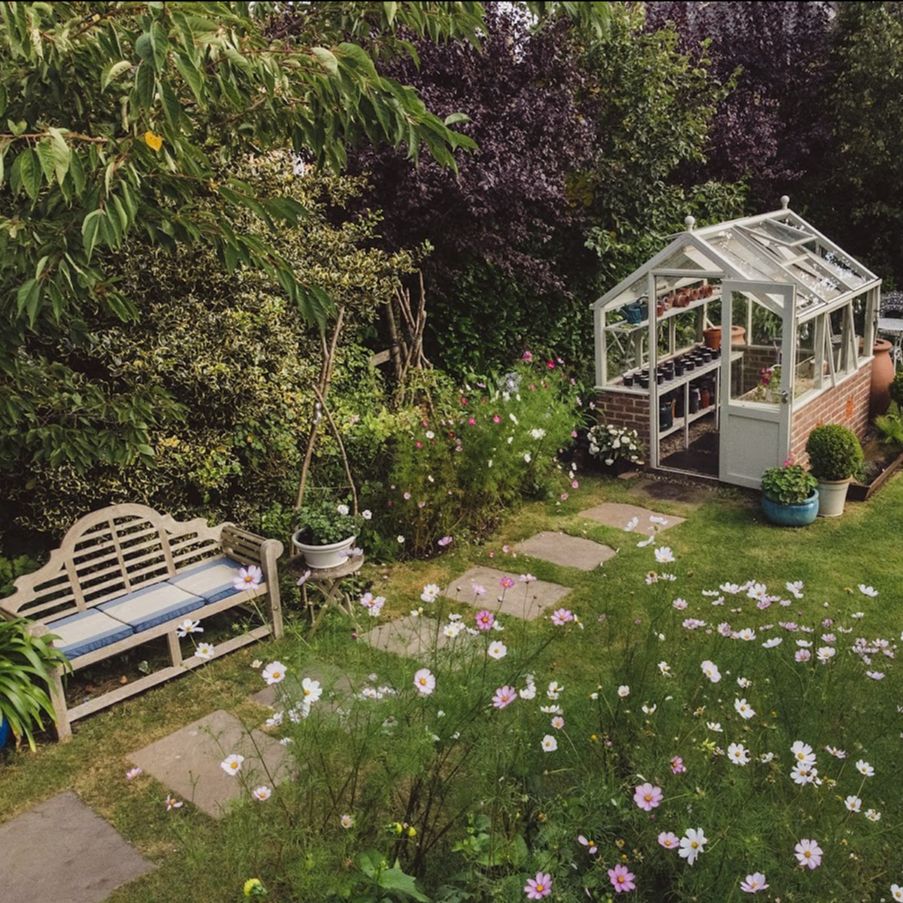 Will I need planning permits?
Will I need planning permits?
Planning permits are not always needed for Greenhouses or Glasshouses; however, you should check with your municipality, county, and city in advance. There are many and varied circumstances where planning permits will be required, such as regulations from Homeowner Associations and zoning and building ordinances. Zoning permits regulate the location of Greenhouses on individual properties and will govern how many accessory buildings you can have.
In contrast, building codes look at the structural integrity of Greenhouses in relation to your geographical location. You may also need permission if the Greenhouse will be disproportionately large in relation to your existing property.
What are the benefits of a ‘lean-to’ and an abutting Greenhouse? And how do they differ?
Lean-to and abutting Greenhouses can provide clever, neat and stylish design solutions which make effective use of smaller outdoor spaces or give direct access to your Greenhouse through your property.
Lean-to Greenhouses are placed along south-facing or well-lit walls and work well in both walled gardens and against a property’s external wall. They are ideal for compact garden areas. With their roof pitch highest next to the adjoining wall, lean-to designs provide ideal spaces to grow fruit trees and ornamentals which benefit from being trained, such as Pelargonium and Bougainvillea.
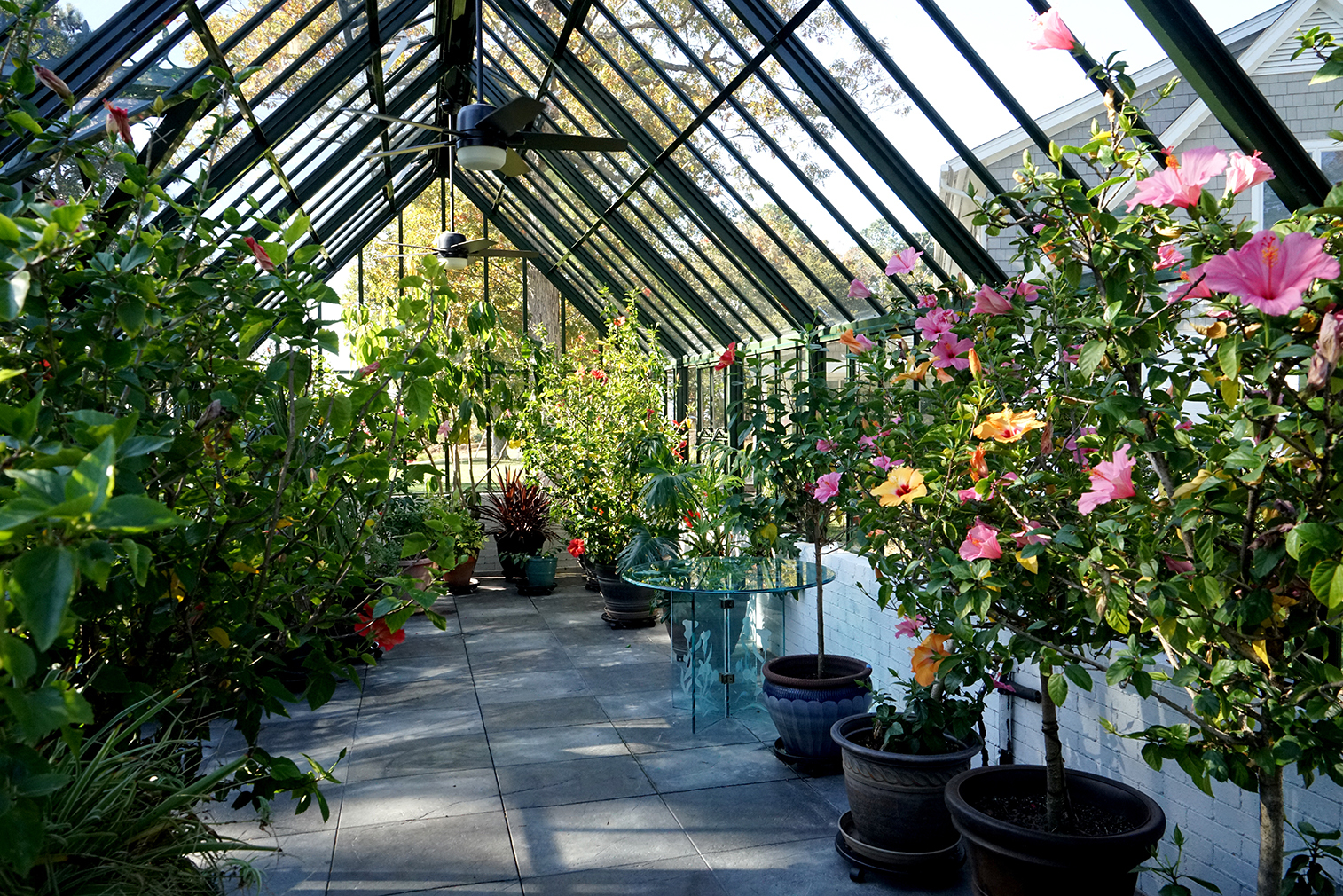
Abutting Greenhouses and Glasshouses are typically attached to a building by their side. Attaching a Greenhouse to the side of your property can create beautiful, architectural interest and a contemporary look. This is especially true if selecting stone for the Greenhouses’ dwarf wall which mirrors that of the property itself.
What water access will I need?
Watering is arguably the most important daily task in the routine of owning a Greenhouse, so easy access to a main water supply is a must, especially during dry seasons. There are automatic watering systems available for Greenhouse owners, but for domestic structures, these are not always necessary and lack the intuition and personal touch of a gardener, able to tailor watering according to each plants’ needs.
Hartley Botanic recommends Greenhouse owners make use of sustainable water sources, using water butts to collect rainwater and ‘grey’ water recycled from baths or sinks. This will save on the amount of water you need to use without negatively impacting your plants – unless they include bleach, caustic materials or artificially softened water (as found in dishwashers and washing machines.)
How do I ventilate my Greenhouse?
One of the most common reasons for plant failure in Greenhouses is due to insufficient ventilation. Ventilation is maximised and prioritised in Hartley Botanic Greenhouses with the number and position of vents being determined according to the specific needs of each bespoke structure.
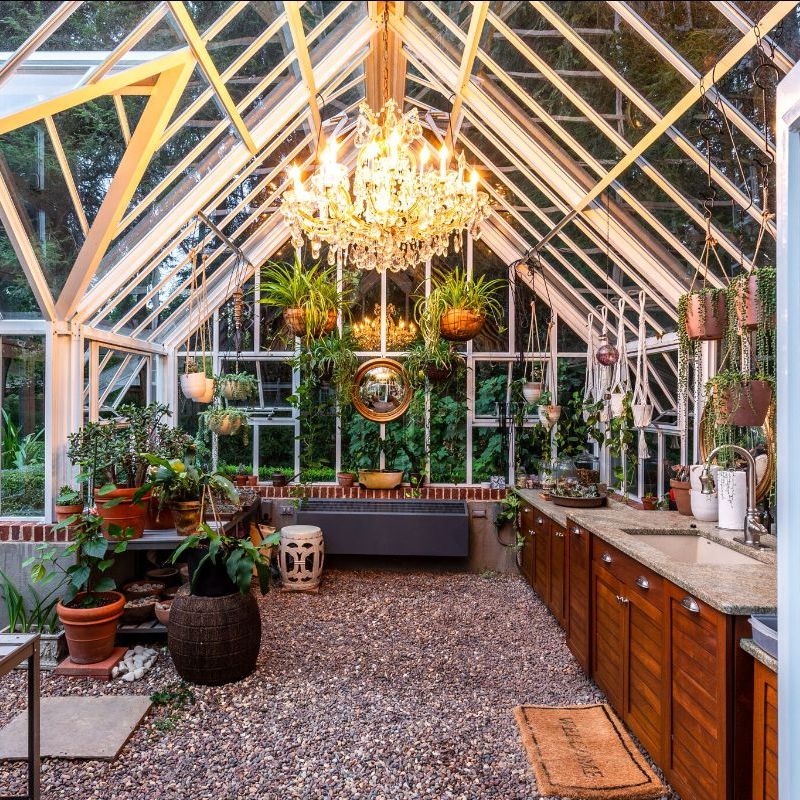 Is an electricity supply essential?
Is an electricity supply essential?
Running an electricity supply directly to a Hartley Botanic Greenhouse is not essential, but it can certainly make your life easier and your Greenhouse more efficient.
Both heat and light are wonder ingredients for your flourishing plants and can be exploited further if available in all seasons and at all times of day or night. Lights give you the chance to extend your time in your Greenhouse by improving visibility and can encourage growth. Fan heaters are very efficient at circulating heat, even in medium and large structures.
For heating extremely large structures, electricity isn’t necessarily required–a hot water pipe system with a boiler powered by gas or oil is the norm. Thermostats for this system should be located at plant height near the centre of the Greenhouse where it will not be influenced by drafts or sidewall cooling and protected from direct contact with sunlight and water.
How much should I spend?
This really depends on the type of Greenhouse or Glasshouse you would like, its size and scope. When considering the size of your Greenhouse or Glasshouse, weighed against its potential cost, it is important to consider how long you are likely to be using it as a growing space and how your needs may change over time.
If practical within your garden and budget, a larger structure provides more scope to meet your future growing ambitions, which are likely to increase, especially if you are a first-time Greenhouse owner. Clearly, if considering a larger structure, final budget considerations should include potential heating and lighting costs.


